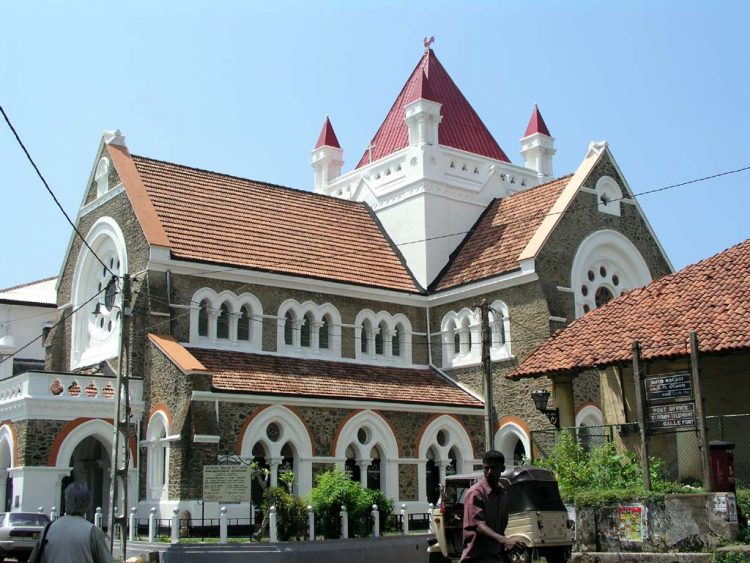The Dutch Commandeur’s residence or Government House, Queen’s House in the British era, can be seen down the street opposite the Dutch Church which leads to the old gate. Over the doorway of this residence is a large stone slab on which the date 1683 and the figure of a rooster inscribed.
Another of the antiquities of Galle, is the old main gate that leads to the Fort. The visitor should pause to study two stones on the walls over the entrance and exit of this gateway, which tells the story of the conquests of the old city. The lion and unicorn of the British coat-of-arms is found over the outside arch and on the inside is a monogram of the Dutch East India Company, a shield with the initials V.O.C. chiselled upon it and two lions supporting the crest: the date inscribed is 1669.
On either side of this gateway are further legacies of Dutch trade in the East, old warehouses, called pakhuis. A powder magazine at Point Utrecht Bastion, bears the inscription: “A A.J. Galle den 1st Zeber (September), 1787.”
Galle was handed over to the British in terms of a treaty signed in Colombo in February 1796. The preservation of the Fort and the old town was maintained and continues to be of Government concern to the present day.


Leave a Reply
You must be logged in to post a comment.